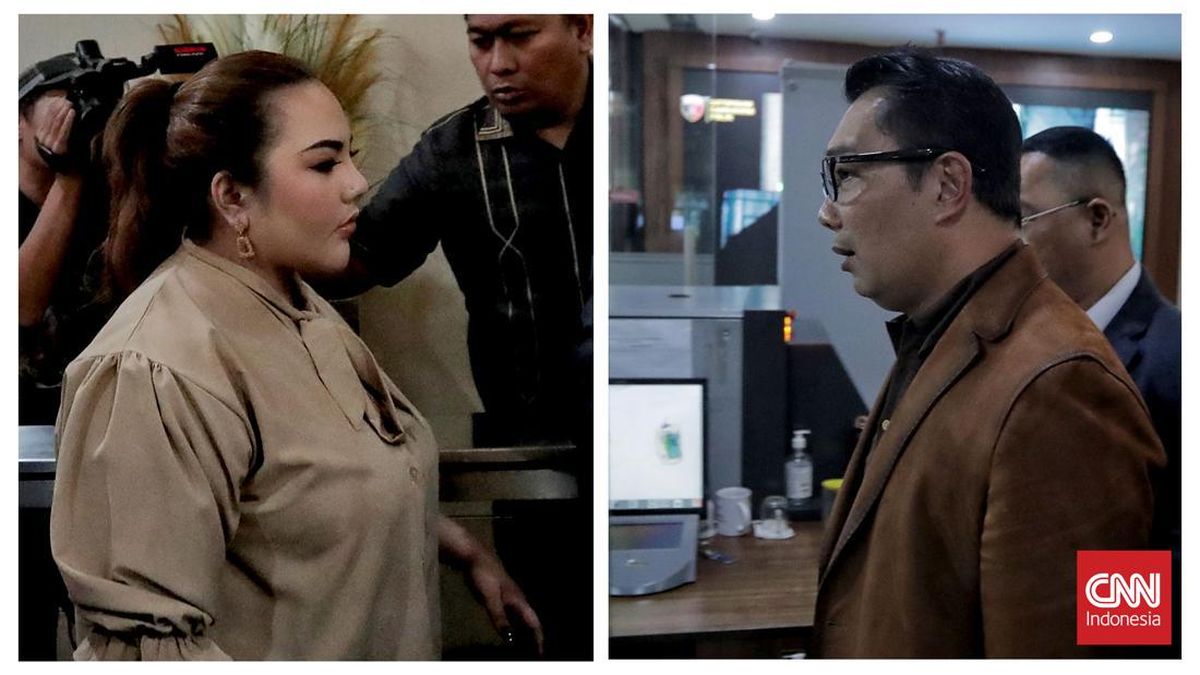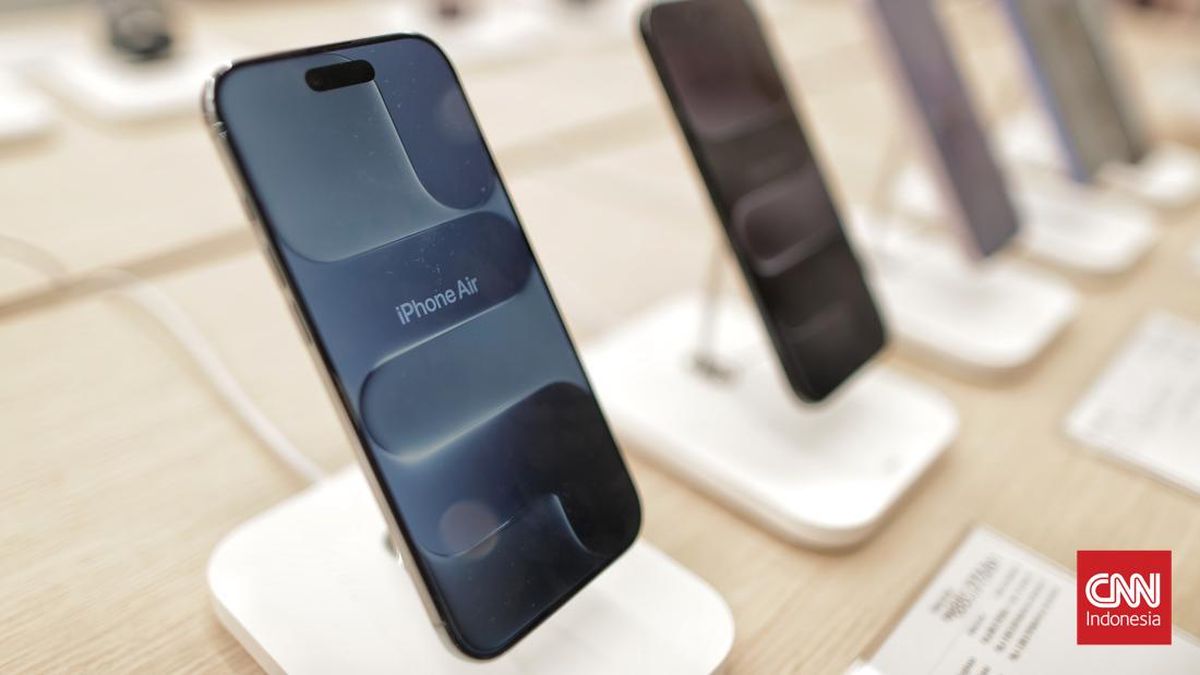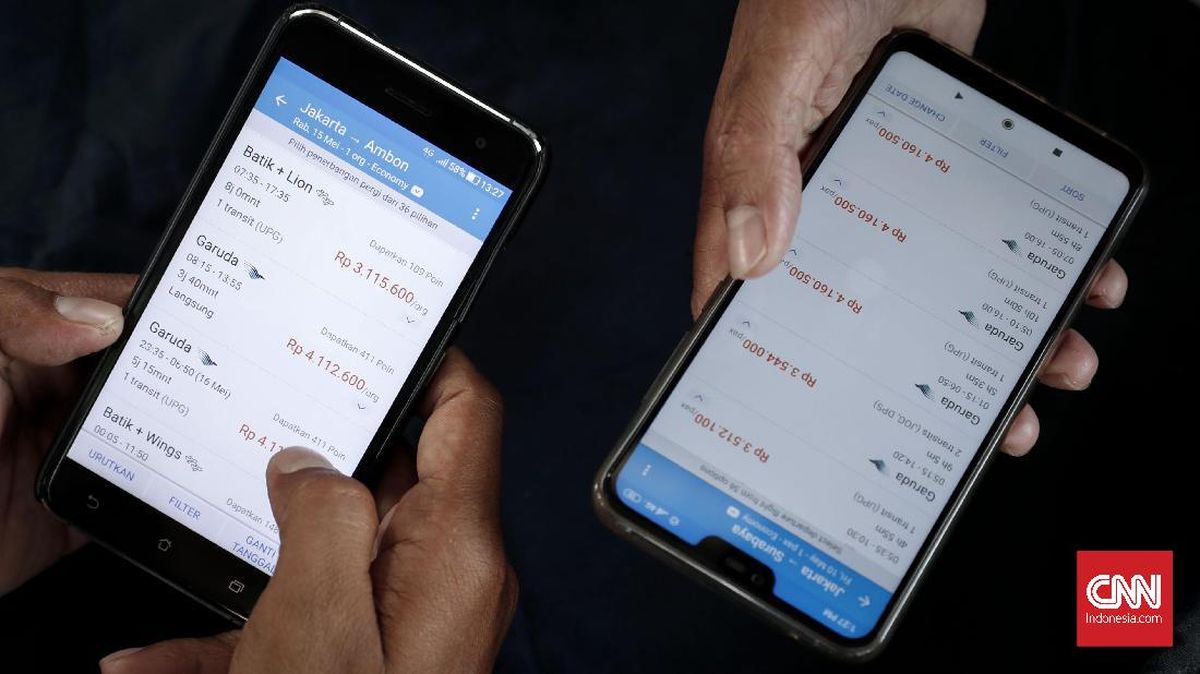By Emily Craig
October 20, 2025 — 11.00am
London: Sunday began as a chilly, overcast, autumnal morning in Paris. But as early bird tourists queued outside the Louvre, a daring high-stakes heist was unfolding mere metres away.
In broad daylight, at around 9.30am (6.30pm AEDT), shortly after the opening of the world’s largest museum, a group of “three or four” masked men, seemingly unnoticed, entered the Apollo Gallery (The Galerie d’Apollon) after using a van-mounted extendable ladder.
This highly ornate gallery is reminiscent of the Palace of Versailles and is where the remains of France’s crown jewels are housed. Using small chainsaws, the thieves broke into glass display cases and stole nine items of jewellery, including a necklace and a brooch.
They then crept out of the museum and escaped on scooters. The whole episode took seven minutes, according to French Interior Minister Laurent Nuñez.
With its vaulted ceilings depicting the god Apollo driving his chariot across the sky, lavish gold decor and symbols of the sun, the gallery itself is spectacular to look at. But it’s the jewels on display in glass cases throughout the rooms that are most spectacular.
One of the items taken from the collection was the Emerald Parure, a highly ornate necklace and earrings owned by Empress Marie Louise, Napoleon’s second wife, featuring 32 emeralds in square, pear and oval shapes, each of which is surrounded by diamonds.
Given the value and status of the jewellery, all signs point to the Apollo Gallery being specifically targeted, says Vernon Rapley. Rapley, a former Metropolitan Police detective, spent a decade in charge of policing the London art market before working as director of security at the V&A. He now runs Vernon Rapley, a specialist art crime investigation and museum security consultancy.
“There has clearly been some work to prepare for this, whether they’ve targeted particular objects or just an area of the museum full of very high-value objects.”

The ornate Apollo gallery is reminiscent of the Palace of Versailles and houses the remains of France’s crown jewels.Credit: AP
Now, both the Louvre and France’s police force are working to recover the jewels. “The museum will want to get these objects back as intact and as whole as they can,” says Rapley.
The golden hour following the theft is critical, as is the following 48 hours, which is when the burglars are most vulnerable, he says.
During this period, the criminals will be hiding and relocating the jewels, as well as the equipment, cars and clothing involved, Rapley explains.
“The heat is on,” he says. “The museum will be making efforts to [share the list of objects] with the police to give them the best chance of stopping the objects from exchanging hands or moving in the immediate future.”
Of the nine items that were stolen, one – the historic Eugenie crown belonging to Empress Eugenie, wife of Napoleon III who ruled France from 1852 to 1870 – was dropped outside the museum by the thieves as they escaped.
While it has been recovered by authorities, it is reportedly damaged. A photo on the Louvre’s website shows the crown to be gold and decorated with bird figures, as well as dozens of emeralds and countless diamonds. It has been owned by the Louvre since the 1980s.
“[The fact that it was dropped] suggests that [the thieves] just grabbed what they could,” says Vivienne Becker, a jewellery historian and author of books including The Impossible Collection of Jewelry, who has visited the Apollo Gallery. “It’s horrible, for a jewellery historian, it’s just ghastly the thought that they might be broken up.”
One specific piece in the gallery that Becker remembers seeing was a brooch that belonged to the Empress Eugenie, which dated back to the second half of the 1800s and is among the stolen items. “It’s a wonderful bow brooch with tassels, a ribbon, and the value is in the history, the design, the craftsmanship, as well as in the gemstones,” she says.

The crown belonging to Empress Eugenie, wife of Napoleon III who ruled France from 1852 to 1870, was dropped outside the museum by the thieves as they escaped.Credit: Hans Lucas via AFP
Other highlights of the Apollo Gallery include three diamonds that belong to the French crown jewels collections. They are known as the Regent, the Sancy and the Hortensia, which is pink in colour. They each previously adorned royal crowns and garments. For example, the 140-carat Regent diamond, one of the most famous in the world, was worn by every French ruler from the early 1700s, adorning crowns, swords and tiaras.
As an example of just how valuable the Louvre stolen items might be, a pearl and diamond pendant belonging to Marie Antoinette, the last queen of France, sold for $US36 million ($55.6 million) in 2018. “That gives you an idea of what a whole set of jewels [would be worth],” Becker says.
However, it’s “just impossible” to put a value on the seized jewels, she explains. “The historical importance is just really invaluable. Jewels are the majesty of monarchy. They’re really so much part of the story. These jewels were “the ultimate emblems of power, authority and status”, she adds.
“They have served as models for high jewellery [jewels of value for their gem components and extraordinary craftsmanship] through the 20th century [...] particularly in the later 20th century, with the rise of new wealth.

Masked men entered the Apollo Gallery after using a van-mounted extendable ladder.Credit: AFP
“It’s the supreme combination of exceptional, rare and precious gemstones with superlative craftsmanship and design that captures its moment in time and the status and style of the wearer.”
Unfortunately, Rapley admits it’s extremely unlikely the stolen jewels will be found. “Diamond and precious metal theft probably has a lower rate of recovery than other objects from a museum,” he says. There are more networks to distribute jewels through than the likes of art works and sculptures.
Additionally, the jewels can be broken down so they no longer resemble their original form, at which point they are unlikely to ever be recovered.
“There is a risk that some of these objects will be broken down and sold,” he says, “as these [organised gangs] are not stealing because the objects are beautiful or important, it’s because the commodity – diamonds, the jewels, and precious metals, have a value.”
In terms of museums preventing similar thefts in future, Rapley’s view is that they cannot “guarantee the safety of those objects 100 per cent of the time”, he adds. “When you’re up against organised criminals and you’re a venue that gives access to these wonderful objects, then you’re accepting risk day in, day out.”
The Telegraph, London
Get a note directly from our foreign correspondents on what’s making headlines around the world. Sign up for our weekly What in the World newsletter.
Most Viewed in World
Loading


















































